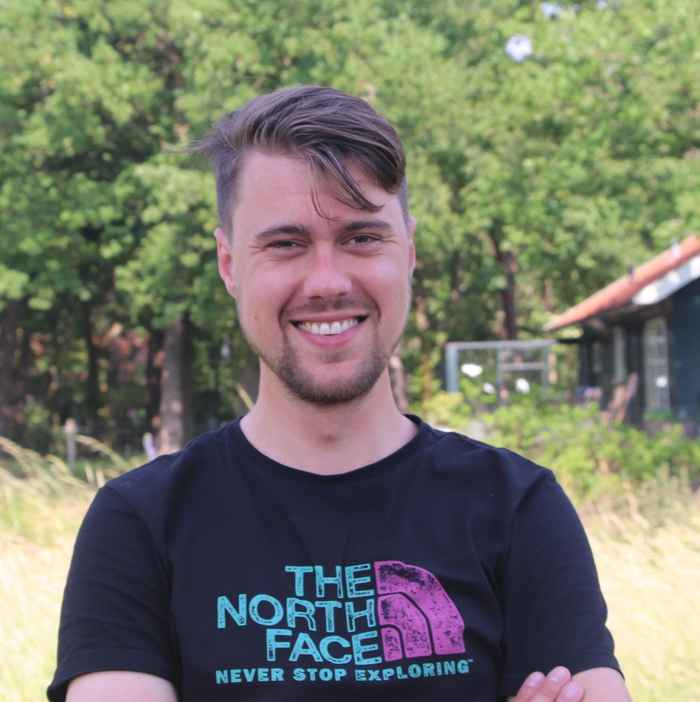Klaas van Leest receives NWO Rubicon grant
Shining light on using waste for ammonia production
21 June 2021

Klaas van Leest obtained his PhD in December 2020 with the distinction cum laude under supervision of Prof. Bas de Bruin. His research focused on reactive cobalt complexes and their use for radical (single-electron) reactions with so-called nitrenes (specific compounds containing a reactive nitrogen atom) and redox-active ligands. "The Rubicon postdoctoral fellowship allows me acquire a deeper knowledge of the synthetic, spectroscopic and theoretical tools associated with the formation and reactivity of these and other radical complexes", Klaas says. He is happy and honoured to be able to visit the Che group in Hong Kong since it is highly specialized in the development and study of photocatalysts, which require advances spectroscopic and computational techniques. "The University of Hong Kong really is the go-to place to conduct my research."
Sustainable ammonia production
Ammonia (NH3) is the most important source of nitrogen in a range of daily-used products, in particular fertilizers for agriculture. It is industrially produced in the so-called Haber-Bosch process from nitrogen and hydrogen. This relies on the use of non-renewable energy resources and thus results in substantial CO2 emissions. Adding to this, the use of ammonia for fertilizers leads to soil pollution in the form of excessive nitrate deposition. This problem is currently high on the political agenda in The Netherlands, and is widely known as the stikstofprobleem (nitrogen problem).
In his research, KIaas van Leest wants to contribute to solving both the unsustainable ammonia production and the excessive nitrate deposition. "The idea is to develop a sustainable process that uses sunlight as the energy resource, and nitrate as the nitrogen source. It would enable a sustainable nitrogen cycle and solve the nitrogen crisis. However, this requires a fundamental chemical transformation of the ammonia synthesis."
Klaas proposes to use develop novel molecular photocatalysts that are based on tungsten combined with a highly modular platform of chemical structures called ligands. His research will provide fundamental knowledge in de disparate sub-fields associated with light harvesting, nitrate reduction, and radical-type reactivity on novel tungsten complexes.